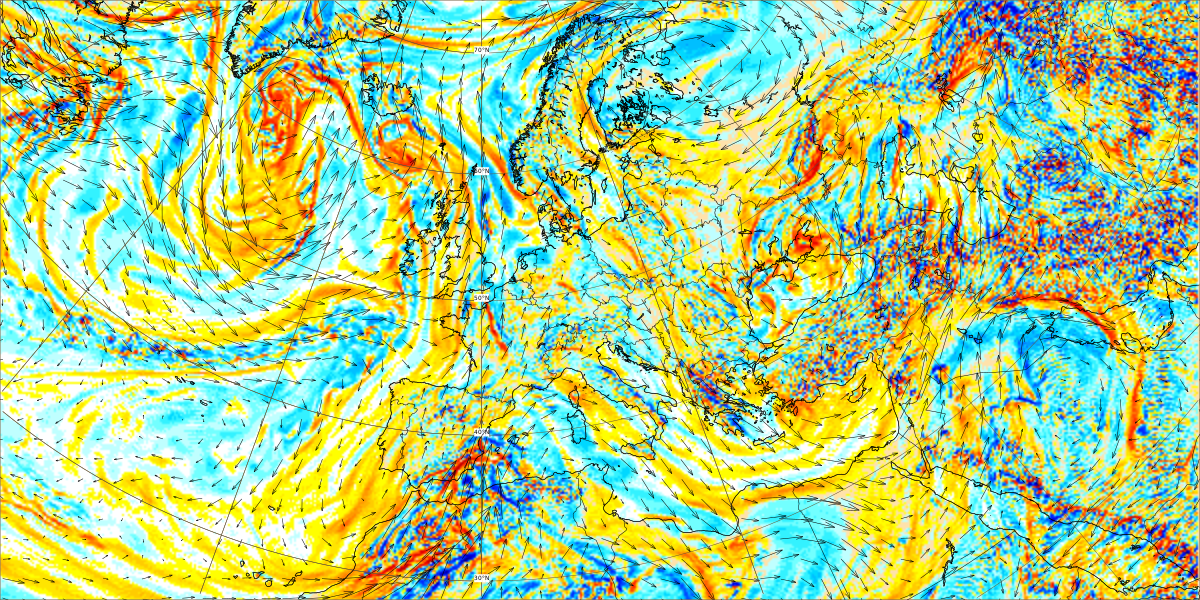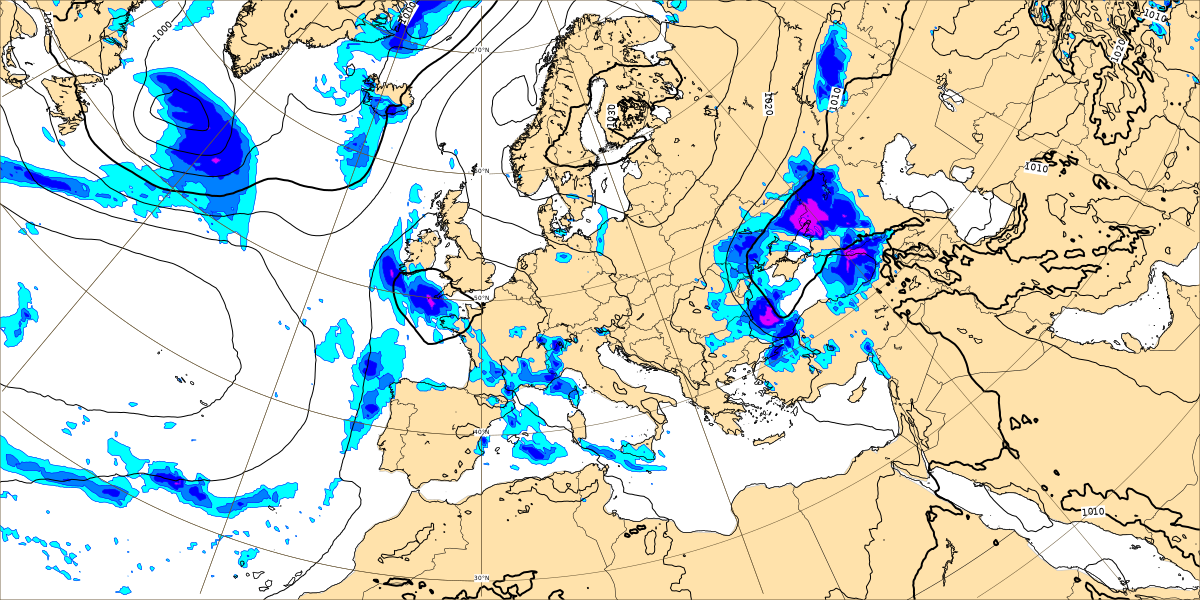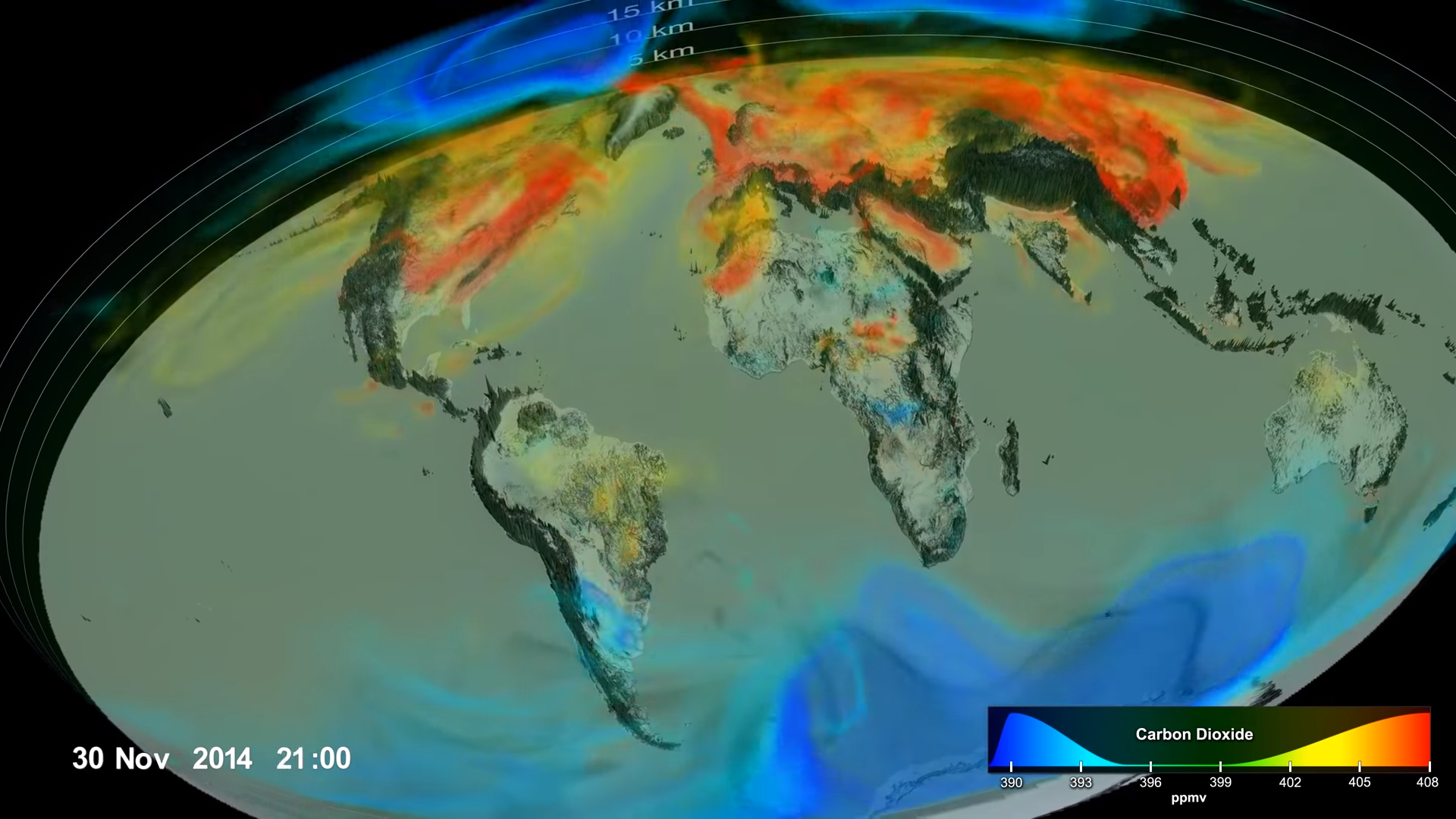Topic 5A - Introduction To Monitoring The Atmosphere
Some of today’s most important environmental concerns relate to the composition of the atmosphere. The increasing concentration of the greenhouse gases and the cooling effect of aerosol are prominent drivers of a changing climate, but the extent of their impact is often still uncertain.
At the Earth’s surface, aerosols, ozone and other reactive gases such as nitrogen dioxide determine the quality of the air around us, affecting human health and life expectancy, the health of ecosystems and the fabric of the built environment. Ozone distributions in the stratosphere influence the amount of ultraviolet radiation reaching the surface. Dust, sand, smoke and volcanic aerosols affect the safe operation of transport systems and the availability of power from solar generation, the formation of clouds and rainfall, and the remote sensing by satellite of land, ocean and atmosphere.
To address these environmental concerns there is a need for data and processed information. The Copernicus Atmosphere Monitoring Service has been developed to meet these needs, to support policymakers, business and citizens with enhanced atmospheric environmental information. [ECMWF]
The Copernicus Atmosphere Monitoring Service (CAMS) provides consistent and quality-controlled information related to air pollution, and heath, solar energy, greenhouse gases and climate forcing – everywhere in the world. [CAMS]
Over the last few decades, research by the World Health Organization has established that air pollution is responsible for a broad range of adverse health effects. This evidence, together with environmental protection policies, has stimulated the development of air quality monitoring and forecast services in Europe.
Like weather forecasts, air quality forecasts are based on specialized Numerical Weather Prediction models, ingesting observations of trace gases and particles, whilst also taking into account natural and anthropogenic emissions. CAMS delivers air quality forecasts every day. [EUMETSAT]
There are various key satellites which play a role in providing the data that we use for monitoring the atmosphere:
The Meteosat Series of satellites are geostationary satellites providing imagery for the early detection of fast-developing severe weather, weather forecasting and climate monitoring. The Meteosat Third Generation is one of the most innovative weather satellite systems ever built which will observe trace gasses in the atmosphere.
EUMETSAT operates Europe’s Metop-A, -B and -C satellites, which circle the globe via the poles and continuously collect data from an altitude of 817km. Aboard the Metop satellites the Global Ozone Monitoring Experiment-2 (GOME-2) measures vertical profiles of ozone and other constituents of the atmosphere, such as Nitrogen Dioxide (NO2) and SO2. Also, the IASI instrument on the Metop satellite observes ozone, carbon monoxide (CO) and methane (CH4)
The second generation of Metop satellites – known as Metop-SG will bring Metop’s valuable contributions intro the 2040s, by operating in three successive pairs and carrying enhanced and new instruments, as well as the Copernicus Sentinel-5 instrument. The Sentinel-5 instrument will be exploited in combination with the IASI-NG infrared sounder on board the Metop-SG satellites, to observe the signature of trace gases across the spectrum, from the UV to the thermal infrared. [EUMETSAT]
Sentinel-5P is the first Copernicus Mission dedicated to monitoring our atmosphere The satellite carries the state-of-the-art Tropomi instrument to map a multitude of trace gases such as nitrogen dioxide, ozone, formaldehyde, sulphur dioxide, methane, carbon monoxide and aerosols – all of which affect the air we breathe and therefore our health, and our climate. [ESA]
Featured Educator
- Federico Fierli

©

©

©

©

©

©

©

©
Discussion







